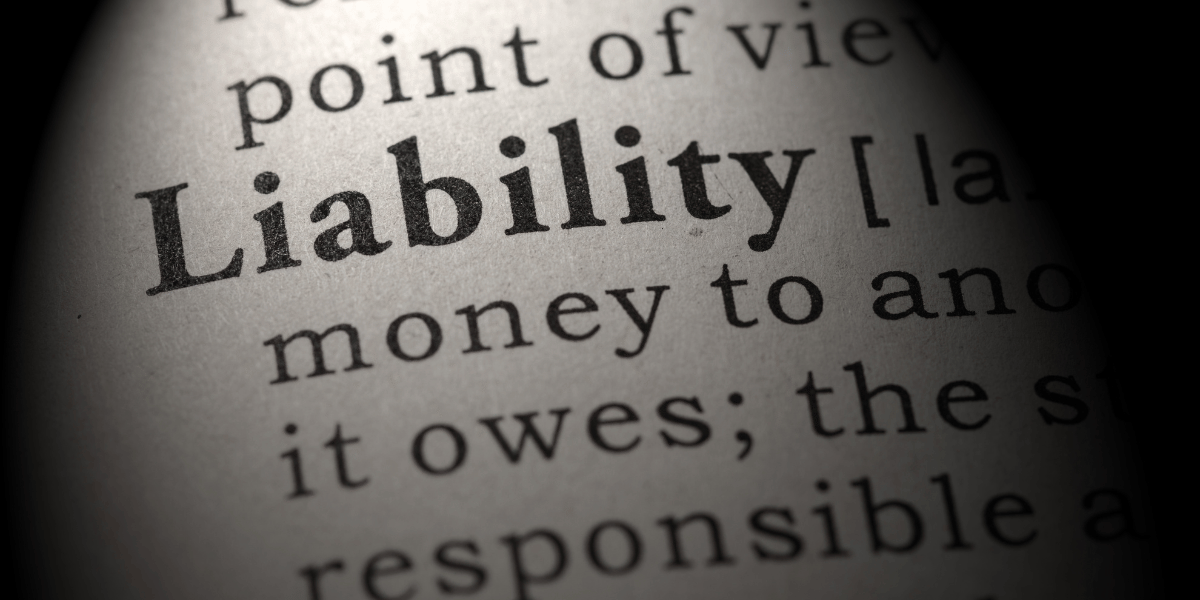
The vast majority of utility locators I have met in more than 30 years of pursuing and defending utility damage claims are conscientious and truly concerned about damage prevention. Every locator’s worst nightmare is that an underground facility he or she is responsible for locating and marking is damaged.
When such an incident occurs, the locator faces the worst of both worlds. If the locator is an employee of the utility operator, the excavator will undoubtedly question whether the locator was competent and whether the damaged facility was marked accurately, properly and in a timely fashion. If the locator is an employee of a contract locating company, it is even worse.
There are five essential keys for locators who want to prevent damage and protect themselves against the questions they will face in the lawsuits that often follow damage incidents. They are knowledge, preparation, communication, execution and documentation.
Knowledge
Being knowledgeable involves two aspects. First, the locator should be fully familiar with both the requirements of state or locality where the locating and marking are being done, and of the internal standards of the company for whom he is working. Many states have adopted laws or regulations regarding marking that the locator must be aware of.
Second, the locator should be knowledgeable and trained regarding the equipment he is using. This includes not only the operation of the equipment, but also an awareness of how outside factors such as facility depth, ground conditions and sources of interference can potentially impact the accuracy of the equipment.
Preparation
Before going to the jobsite: If there are as-built or other company-provided drawings for the facilities for which the locator is responsible, the locator should make sure he has access to them. At the start of the day, the locator should review the tickets he is assigned and prioritize them to make sure he can respond in a timely manner and complete the locates by the due date and time.
At the jobsite: The locator should carefully review the description of the excavation area in the locate ticket to make sure he understands the extent of the excavation and where the markings are needed. He should also review the as-built or other drawings to verify that what he is finding with the locating equipment is consistent with what is shown in those drawings. Finally, he should review the area for any conditions that might affect the accuracy of the equipment he is using.
Communication
Perhaps the most important key to damage prevention and protecting against potential liability is communication. This is communication both between the locator and the excavator, and between the excavator and the utility operator.
If the description of the excavation area described in the locate ticket is unclear, or the work being performed appears to be inconsistent with that described in the ticket, the locator should communicate with the excavator. If, for whatever reason, the locator has difficulty locating the facilities, he should communicate that to both the excavator and the utility operator so that any additional precautions necessary to prevent damage are taken.
Execution
This key is self evident. The locator should make sure his equipment is working properly, the marks he is placing meet the requirements of the applicable statutes and regulations, the entire area described in the ticket is covered, what he is finding with the equipment is consistent with the operator’s drawings or other information he has, and that the marks are accurate and complete.
Documentation
The final key is documentation. The locator should photograph the marks when he is done placing them. Marks can disappear between the time of marking and the time of the damage.
When taking those photographs, the locator should also make sure the time and date stamp on the camera are accurate. Finally, the locator should also make sure all paperwork is timely and accurate.
Despite a locator’s best efforts, damage incidents are going to occur. Following the five keys discussed here, however, can help a locator protect himself or herself against potential liability when that happens.
Jim Proszek, is a shareholder in the Tulsa, Oklahoma office of the law firm of Hall, Estill. Mr. Proszek is a trial attorney with more than 30 years of experience. He can be reached at jproszek@hallestill.com.

![ESM Sidebar Ad[87] ESM Sidebar Ad[87]](https://excavationsafetyalliance.com/hubfs/ESM%20Sidebar%20Ad%5B87%5D.gif)



Comments